Gardens are a great addition to any home. They provide beauty, a place to soak up the sun and act as a space for quiet contemplation. But did you know that your gardens orientation affects how much sun it receives and how healthy your plants are?
How Does The Gardens Orientation Affect the Health And Happiness Of Your Plants?
.jpg)
Often, homeowners neglect to consider the garden's orientation when choosing plants. This decision can have a significant impact on the health and happiness of your plants!
For instance, a south-facing garden will be rich in sunlight, while a north-facing garden will receive very little. So, if you plant a shade-loving plant in the south, it'll likely die from too much sun exposure! So, considering garden orientation is super important in choosing plants for your home garden!
By the end of this article, you will learn the various orientations of gardens and how the garden's orientation affects plant selection.
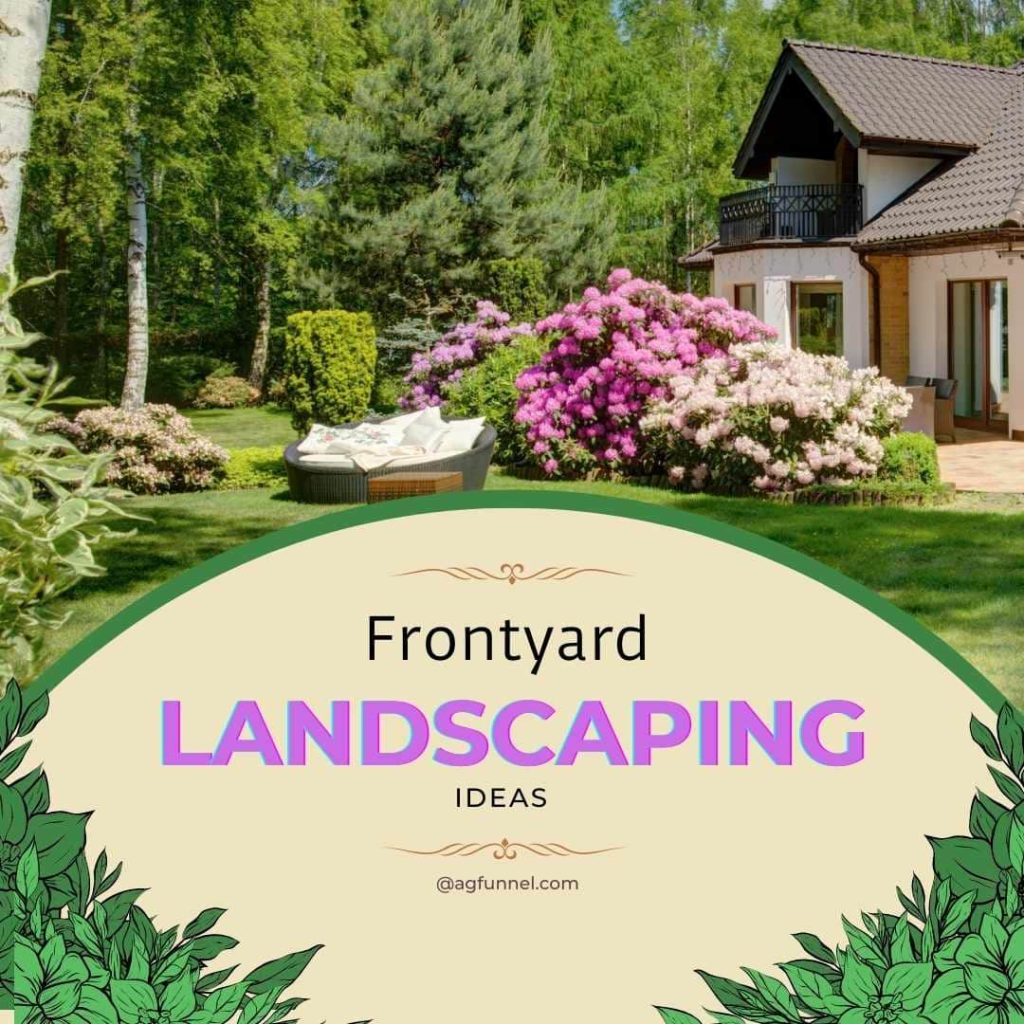
Looking for easy-to-maintain, low-budget front-yard landscaping ideas?
How To Determine Which Direction Your Garden Is Facing?
To determine your gardens orientation or direction with precision, use a compass! If you don't have a compass, you can easily download a compass app on your phone, and you are ready to go. Stand in front of the wall that backs up to your house-the reading from here tells you the direction your garden faces.
Besides deciding which way your garden faces, consider what other trees or structures might cast shadows throughout the day at different times of the year.
While having a shaded area can obstruct natural light and longer water retention, these conditions also open up opportunities like being able to grow plants from cooler parts of the world!
.jpg)
North Facing Garden: What Are The Best Plants To Grow In A North-Facing Garden?
Here are some of the north-facing landscape ideas-
North-facing gardens receive the least amount of sun. So it's important to make sure your plants can tolerate these conditions. It isn't easy to keep plants alive in shaded areas of your garden, but some will thrive.
Some shade-tolerant plants suitable for shady spaces include ferns and ivy, with their interesting shapes and textures. Plant these on the ground or hang them from trees near a wall where they'll get maximum sunlight exposure through windows nearby!
.jpg)
Another important thing to know is whether that shade comes from moist or dry soil.
Plants that need moist soil will thrive better in wetter conditions, while plants requiring less moisture or sunlight can be planted more easily where there's not as much available water or light.
There are several shade-tolerant plants suitable for these areas. Some people choose ferns, but it is important to consider factors such as the type and pH of the soil in addition to exposure to sunlight when choosing which plant will work best with your garden's needs.
Plenty of edibles can make their home in the shade and flourish all year long! For example - hostas are one such plant to consider planting as they grow well with less light than other plants.
But don't let yourself be limited by leafy greens alone; try adding herbaceous perennials like lavender or artemisia (commonly called wormwood) to attract pollinators and keep pests away from the vegetables you'll want to grow nearby!
Here are some of the best plants to grow in north facing garden:
South Facing Garden: What Are The Best Plants To Grow In A South-Facing Garden
The sun rises in the east and sets in the west, moving between the two via the south. So if your garden is south-facing, it will be bathed by sunshine all day long!
More sun means more heat, which can be good if you're looking for an area to grow vegetables that thrive in warmer climates, like tomatoes or peppers. But it also means that the garden will dry out faster and need watering often!
So make sure your soil is well-draining before planting anything here or risk having plants wilt in this hot environment without sufficient water.
Consider water-wise garden plants like succulents, cacti, and drought-tolerant shrubs. These plants are perfect for south-facing gardens because they can withstand heat and dryness.
If these plants are not your cup of tea, then consider chamomile as an alternative; its flowers are pretty but also provide natural insect-repellant qualities - so no more pesky bugs!
South-facing garden tends to turn brown in hot summer weather. This means south facing garden is baked by the summer sun. Creating some shade for plants may be a good idea in this scenario.
Trees can cast a dappled shade on plants to reduce water loss, so you might consider fruit or nut trees and other ornamental trees like magnolia that provide shelter from the scorching sun during midday hours.
Here are some of the best plants to grow in south facing garden:
East Facing Garden: What Are The Best Plants To Grow In A East-Facing Garden
East-facing gardens are for those who love a lush, beautiful space that you can enjoy all year round. Afternoon shade protects them from the hot afternoon rays, while evening shades enhance white flowers' ability to attract pollinating moths to make an extraordinarily well-designed garden fit just for you!
As you'll have at least 6 hours of sun every day (and more intense light during your morning and afternoon), this space will be ideal for carrots, beets, and leafy greens that like some sunshine but are sensitive to hot afternoon rays - all while getting great shade from strong evening or midday sunlight!
You can add peppers and tomatoes if there's enough room on your plot.
Here are some of the best plants to grow in east facing garden:
These are the best plants for east-facing windows if you have east-facing windows.
West Facing Garden: What Are The Best Plants To Grow In A West-Facing Garden
If you have a garden with west-facing views, your plants will get plenty of direct sunlight. So, you must provide shade, especially if you have sun-sensitive flowers/vegetables.
The west-facing garden is great for planting summer flowers, such as camellias and verbena bonairiensis.
You can also grow some heat-loving vegetables like tomatoes, squash, or peppers in your vegetable patch!
Here are some of the best plants to grow in west facing garden:
.jpg)
How Can Plant Orientation Affect the Health and Beauty of My Garden?
The orientation of your plants can significantly impact their health and beauty. Properly positioning your plants can optimize sunlight exposure and airflow, which is essential to keep your garden healthy. Understanding the sunlight and wind patterns in your garden can ensure that each plant receives the appropriate environment for growth and bloom.
What Should You Consider When Deciding What To Plant In Your Garden, And How Should They Be Planted?
- Consider the sun exposure your garden will get. Choose plants that will thrive in the amount of sunlight you have available.
- Choose plants that are native to your area.
- Plant flowers and vegetables together - they work well together!
- Keep an eye on the soil moisture levels so you can water accordingly
- Avoid planting anything with a large root system in clay soil, as it can cause drainage problems
- Consider how windy it is when choosing which plants to plant - some plants are more susceptible than others to being blown over by strong winds
- When choosing trees, make sure you have enough space for them to grow up and out of the ground
- Check with local nurseries and gardening stores about any plant-related events they have coming up soon, like workshops or seminars on how to care for certain types of plants
- Don't forget to water your plants regularly!
- Use a garden design app on your phone or tablet to help you plan what plants will work best for each yard section.
.jpg)
The best thing about gardening is that there's no wrong way; if you have an idea or preference on what type of garden would suit your needs most, then go ahead!
We hope this blog helps you plan your garden. You can also use these tips when designing other parts of your property, like patios or terraces - the endless options!
.jpg)
We wish you Happy Gardening!
Want to know more about Indoor Gardening? Read this blog "Indoor Gardening Without Soil is Hot and Here's Why?"
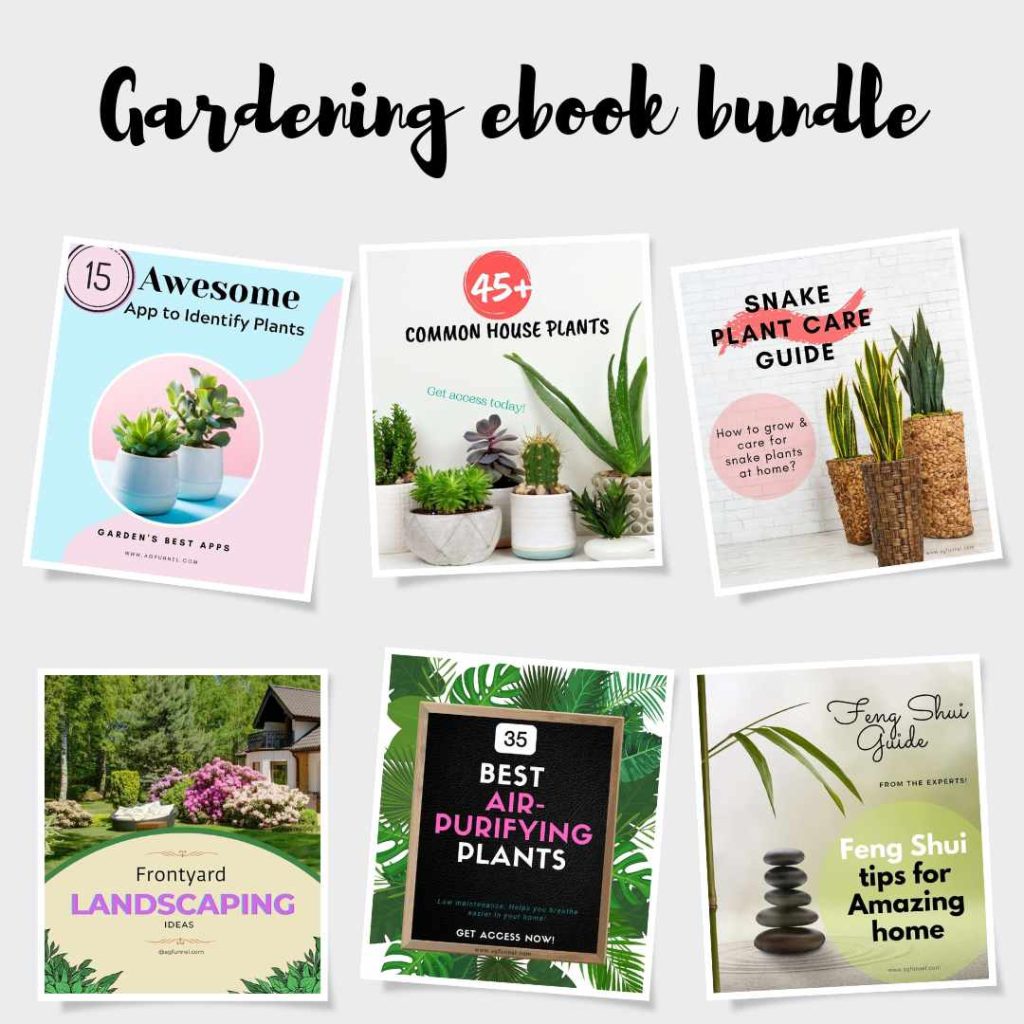
How to master gardening? Download these essential home and gardening ebooks today!

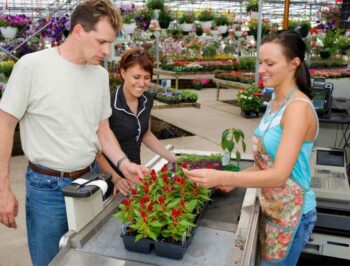
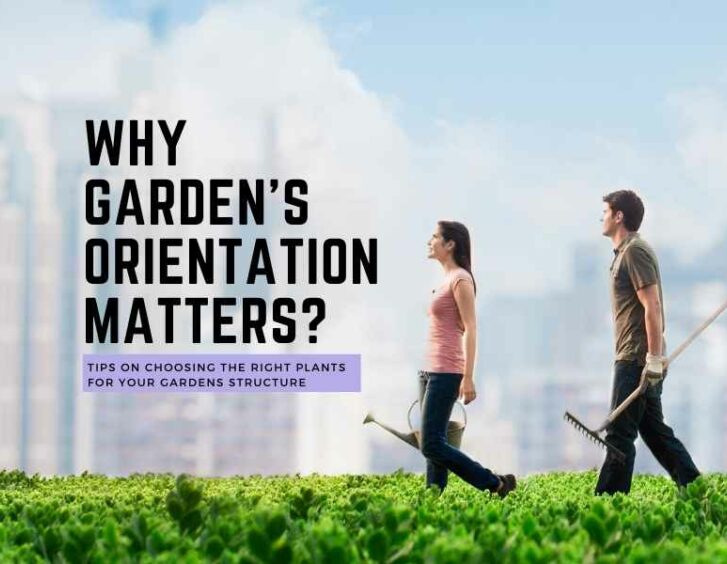







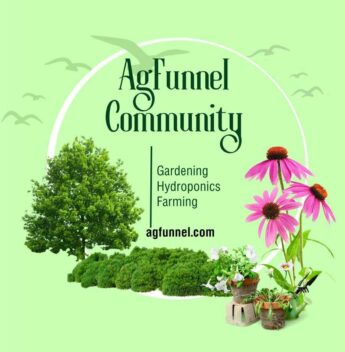
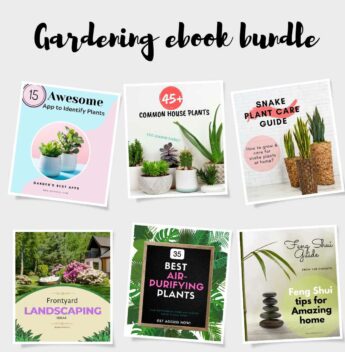
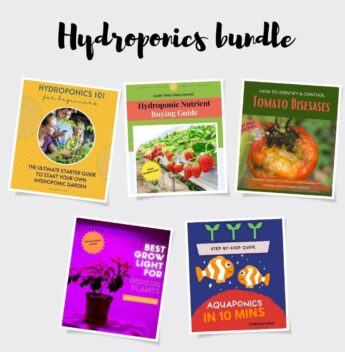

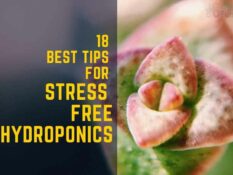
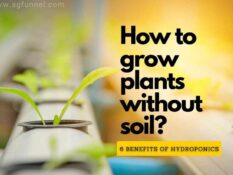

 Lalmon LLC. All rights reserved
Lalmon LLC. All rights reserved